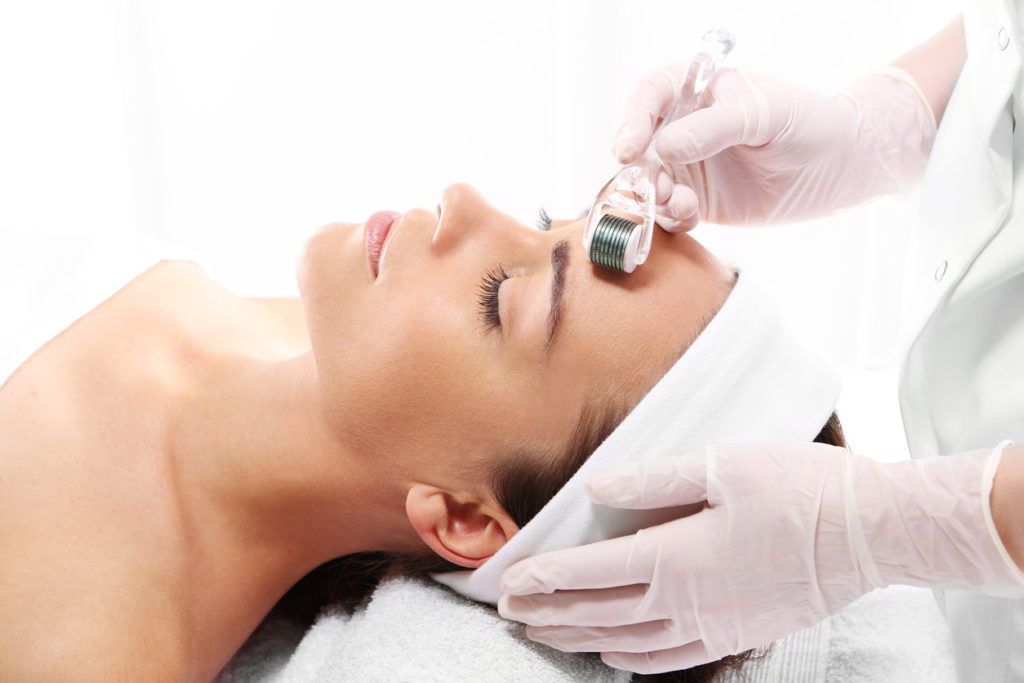Doctors are excited about advanced regenerative treatments utilizing exosomes.
One thing that we often take for granted is the body’s ability to heal itself. Think about the last breakout you had. Even while your chosen cleanser and acne treatment are speeding the healing process along, your body is constantly creating fresh skin cells and pushing them to the surface.

For most people, skin cell turnover takes “40-56 days.” Unfortunately, that process slows with age as does skin’s collagen production and natural regenerative efforts. Luckily, regenerative medicine aims to create treatments utilizing the body’s own cells to not only heal and repair damaged tissue but to make it function more like it did in its youth.
Say Hello to Exosomes
Exosomes are at the forefront of the movement toward using our own cells to calm inflammation, reduce pain, recover after an injury, and increase our ability to heal in general. Dr. Tess Mauricio, a Stanford-educated, board-certified dermatologist, offers regenerative therapy in her practice and even treated her personal trainer after he suffered a knee injury. Intrigued? Read on.
What Are Exosomes?
If you’re familiar with stem cell therapy, then you know that stem cells have an unparalleled ability to be cultivated and grown into specific types of cells. They also have another function – they secrete exosomes. As Dr. Tess so aptly described them in her recent interview with the Beautytap Talks team, “Exosomes act like intracellular mail.” They deliver RNA, DNA, and proteins to other cells in the body.
According to researchers, mesenchymal stem cells (MSCs) “are the most extensively clinically trialed cells with an established record of safety in human patients and are currently approved for use in highly intractable inflammatory disorders.” Research has shown that topical MSC exosome application reduces the inflammation of psoriasis without causing the adverse effects associated with most oral medications.

Types of Therapies
While research continues, injectable or intravenous regenerative procedures utilizing exosomes include treatments for hair loss, vaginal rejuvenation for menopausal women, joint therapy, erectile dysfunction, and, yes, even facials. Exosomes stimulate hair growth in sleeping follicles, improve vaginal lubrication and elasticity, reduce painful joint inflammation, and increase blood flow to improve men’s sexual health.
Now, imagine utilizing your body’s own exosomes topically. Essentially, you’d bypass the lengthy internal process and go straight to seeing visible results. Dr. Tess explained that “There are different topicals now that are trying to mimic [the regenerative effects] that can be done in the clinic.” They utilize an individual’s “own growth factors and regenerative stem cells to take the skin to a younger state.”
Studies show that topical applications don’t significantly penetrate the skin because the skin’s defensive layer is doing its job by preventing potentially damaging elements from getting in. But when combined with an in-office micro-needling procedure or other microchannel-inducing elements, such as marine sponge Haliclona sp. spicules (SHSs), exosomes penetrate the stratum corneum and aid in tissue repair and regeneration.
Other applications for exosomes are still in the works, so be on the lookout for potential breakthroughs in the future.
Loading...